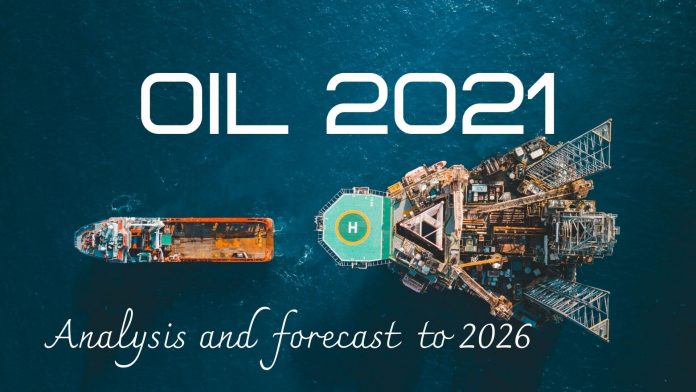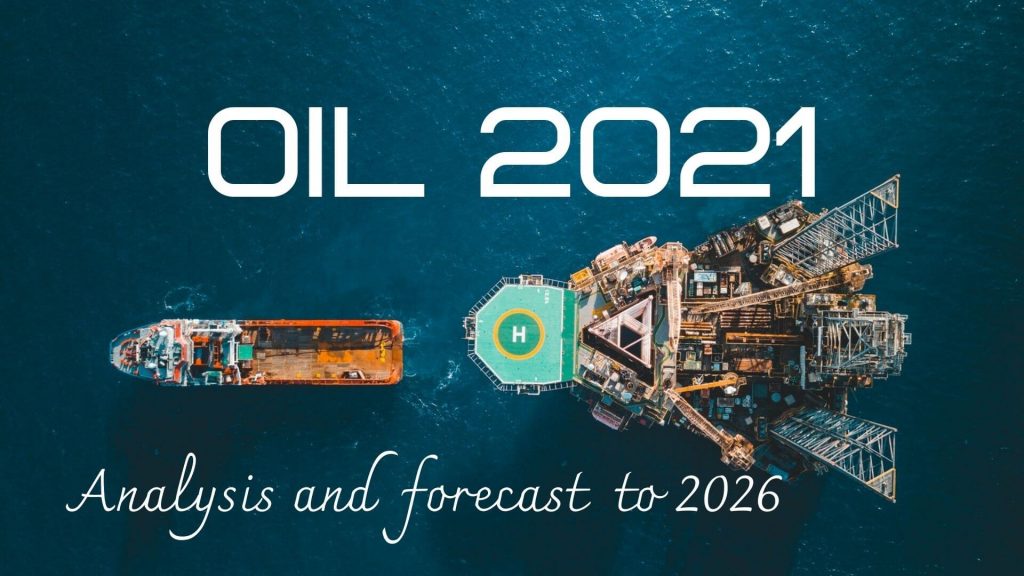
(www.MaritimeCyprus.com) World oil markets are rebalancing after the Covid-19 crisis spurred an unprecedented collapse in demand in 2020, but they may never return to “normal”. Oil 2021, the IEA’s latest medium-term outlook, explains why.
Rapid changes in behavior from the pandemic and a stronger drive by governments towards a low-carbon future have caused a dramatic downward shift in expectations for oil demand over the next six years.
This is forcing hard decisions on oil-producing countries and companies, which are reluctant to leave resources untapped or to install new capacity that would only sit idle. Could oil
demand peak sooner than expected? Or is the world heading into a supply crunch? What will the implications be for the refining industry and trade flows?
Oil 2021 tackles these questions by analyzing oil market data, trends in investment, and government policies. The report provides a comprehensive outlook for global supply and demand through 2026 and explores some of the challenges and uncertainties that lie
ahead.
A new normal for oil markets?
The global economy and oil markets are recovering from the historic collapse in demand caused by the coronavirus (Covid-19) pandemic in 2020. The staggering inventory surplus that built up last year is being worked off and global oil stocks, excluding strategic reserves, will return to pre-pandemic levels in 2021. And yet, there may be no return to “normal” for the oil market in the post-Covid era.
The pandemic has forced rapid changes in behavior: from new working-from-home models to cuts in business and leisure air travel. At the same time, more and more governments are focusing on the potential for a sustainable recovery as a way to accelerate momentum towards a low-carbon future. The outlook for oil demand has shifted lower as a result of these trends, raising the prospect of a peak sooner than previously expected if governments follow through with strong policies to hasten the shift to clean energy.
These forces are creating a dilemma for oil-producing countries and companies that are reluctant to leave resources in the ground or build new capacity that could sit idle. But if this leads to a shortfall in investment, it could also have geopolitical implications and heighten the risk of supply shortages later on.
Implications for industry
Fast-evolving government plans to accelerate transitions towards a more sustainable future have created a high degree of uncertainty that is testing the oil industry. It is crucial to invest in the upstream sector even during rapid transitions in which it would still take years
to shift global transport fleets away from internal combustion engines to electric vehicles and other low-carbon alternatives. Some sectors – such as shipping – will continue to rely on oil for some time.
Whatever the transition pathway, the oil and gas industry has an important role to play, and no energy company will be unaffected. Minimizing emissions from their core operations, notably methane, is an urgent priority. In addition, there are technologies vital to energy transitions that can be a match for the industry’s capabilities, such as carbon capture, low-carbon hydrogen, biofuels, and offshore wind. In many cases, these can help decarbonize sectors where emissions are the hardest to tackle. A number of oil and gas companies are already scaling up their commitments in these areas.
An effective and orderly transition will be critical – not only to reach international climate targets but also to prevent serious supply disruptions and destabilizing price volatility along the way.
For more interesting data, click below to download the 167 pages Oil 2021 report from The International Energy Agency (IEA):
Spource: iea














